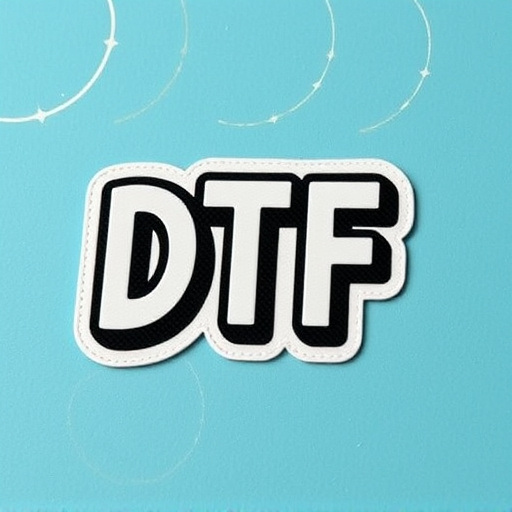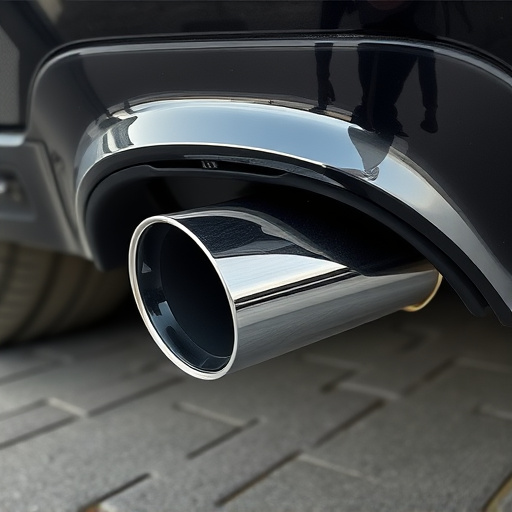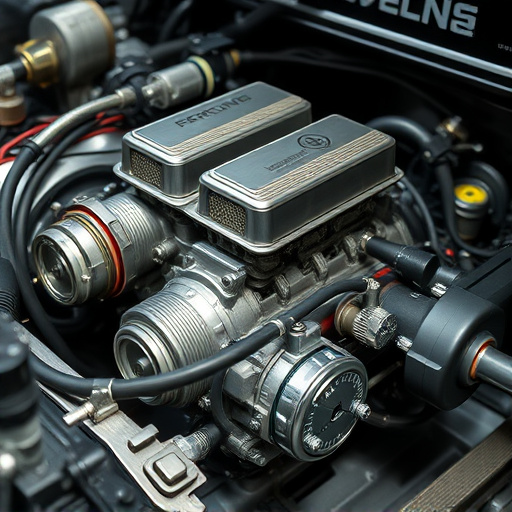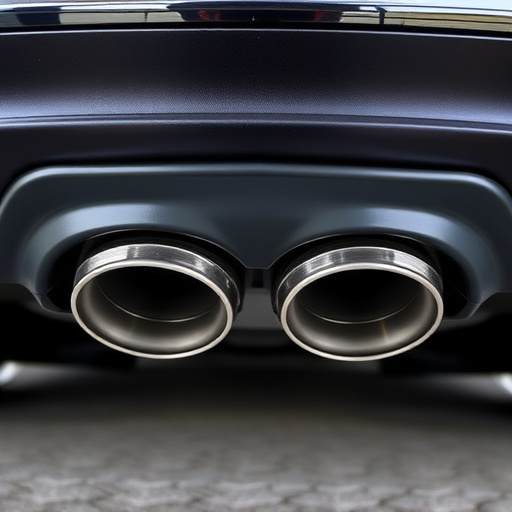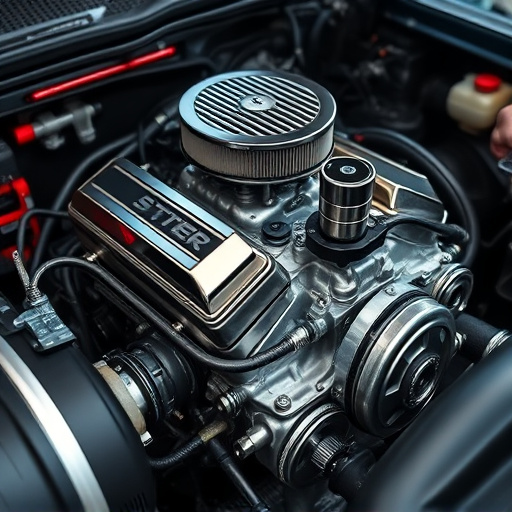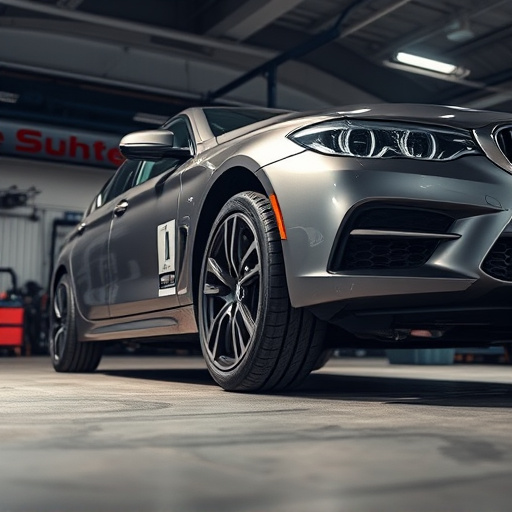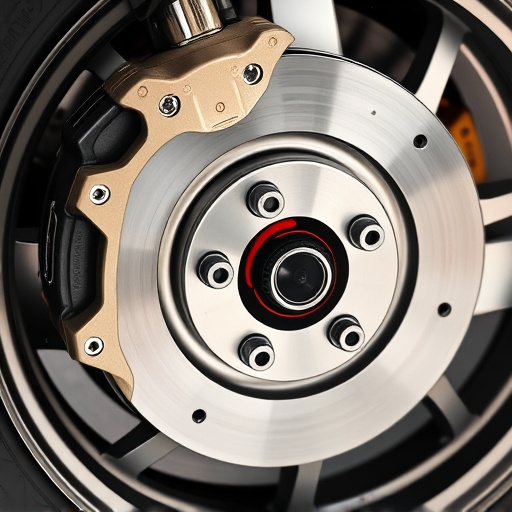Anti roll bars (ARBs) are essential for vehicle stability and handling, reducing body roll during cornering. When installing aftermarket suspension parts, ensuring ARB compatibility is vital to maintain stability. Prioritize performance and quality materials when selecting an ARB to complement suspension kits and enhance driving dynamics, ensuring a safe and enjoyable ride.
“Enhance your vehicle’s handling and stability with an anti-roll bar (ARB), a vital component of modern suspension systems. This article delves into the world of ARBs, shedding light on their critical function in reducing body roll during cornering. We explore compatibility challenges when installing aftermarket suspension parts, emphasizing the need for accurate measurement and selection. Learn essential tips to ensure your anti-roll bar compatibility, performance, and safety.”
- Understanding Anti Roll Bars and Their Function
- Compatibility Challenges With Aftermarket Suspension
- Ensuring Optimal Performance: Tips for Selection
Understanding Anti Roll Bars and Their Function
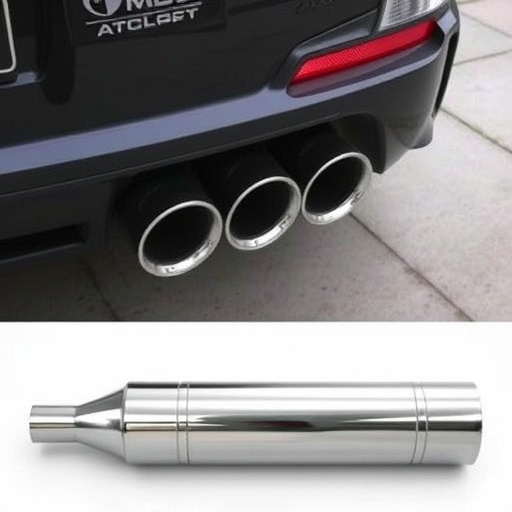
Anti roll bars, also known as stabilizer bars, are an essential component of a vehicle’s suspension system designed to improve handling and stability, especially during cornering or on uneven terrain. These components work by reducing body roll, which is the tendency of a vehicle’s body to lean into a turn. By transferring some of the lateral forces acting on the wheels to the chassis, anti roll bars help to maintain better control and enhance overall vehicle performance. They are particularly useful when upgrading suspension parts, such as installing new performance brakes or brake pads, as they contribute to a more responsive and predictable driving experience.
The primary function of an anti roll bar is to counteract the natural movement of the wheels during a turn, thereby reducing body lean and improving vehicle stability. This is achieved through a rigid bar that connects opposite sides of the suspension, allowing for controlled energy transfer. When cornering, the force generated by the outward tilt of the wheels is redirected into the chassis, minimizing the roll effect. This simple yet effective mechanism plays a crucial role in enhancing handling dynamics, particularly when combined with aftermarket performance parts designed to optimize braking and steering capabilities.
Compatibility Challenges With Aftermarket Suspension
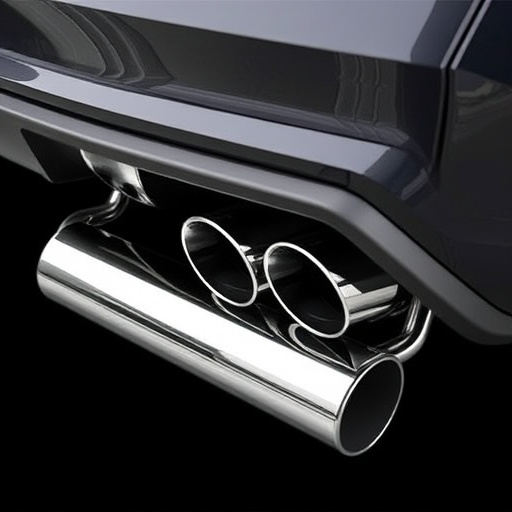
When it comes to installing aftermarket suspension parts, one key consideration is compatibility—especially with the anti-roll bar (ARB). ARBs are critical components that help maintain vehicle stability and handling, so ensuring seamless integration is crucial. Many aftermarket suspension systems, while offering performance upgrades, may not be designed with universal compatibility in mind. This can lead to challenges when fitting these parts alongside existing ARBs.
The issues often arise from variations in mounting points, dimensions, and design philosophies between OEM (original equipment manufacturer) and aftermarket components. For instance, new brake rotors or exhaust tips might have different bolt patterns or sizes than the stock ARB, requiring custom adaptations or limiting the choice of available parts. Intake components, too, can introduce compatibility problems due to their close proximity to the suspension system, potentially interfering with the proper functioning of the anti-roll bar.
Ensuring Optimal Performance: Tips for Selection
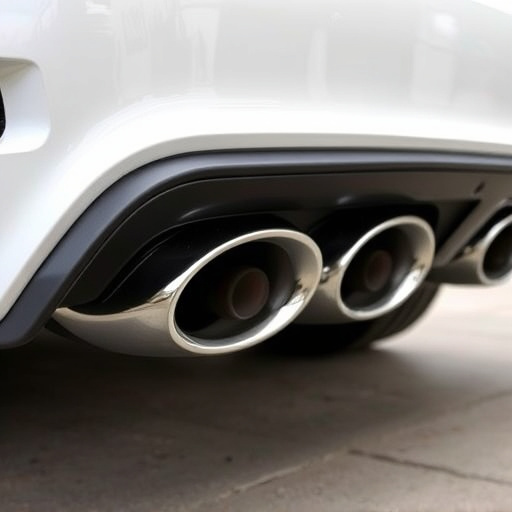
When selecting an anti roll bar compatible with your aftermarket suspension parts, prioritizing optimal performance is key. It’s crucial to ensure that the anti roll bar complements your chosen suspension kits and other components like performance air filters or exhaust systems for a seamless fit and superior handling dynamics. Look for bars crafted from high-quality materials, designed to withstand the rigors of off-road adventures or track days, depending on your intended use.
Paying attention to load capacity, adjustable features, and bushings’ quality will significantly influence your vehicle’s agility and stability. Consider factors such as ease of installation and compatibility with existing suspension settings to streamline the process. Integrating these elements seamlessly will enable you to fully harness the potential of your aftermarket parts, enhancing both safety and driving pleasure.
An anti roll bar, a critical component of vehicle dynamics, is often overlooked when upgrading suspensions. This article has demystified these bars’ function and highlighted compatibility challenges with aftermarket parts. By understanding these aspects, car enthusiasts can ensure their upgrades provide optimal performance. When selecting new anti roll bars, consider your vehicle’s make and model, desired ride characteristics, and compatibility with existing suspension components—a simple yet crucial step for a seamless upgrade experience.




